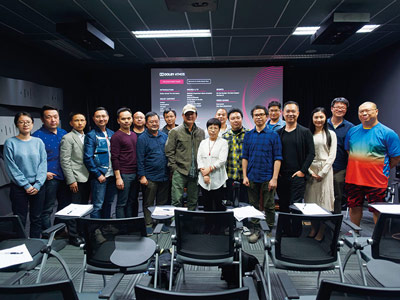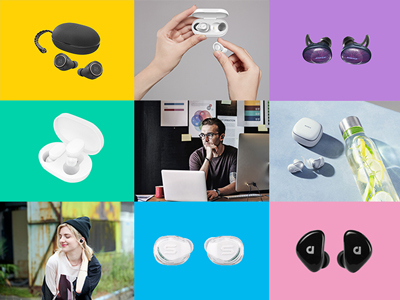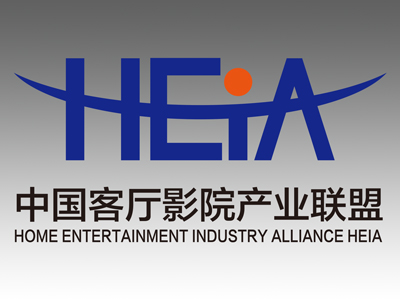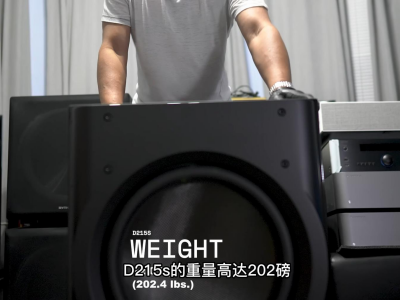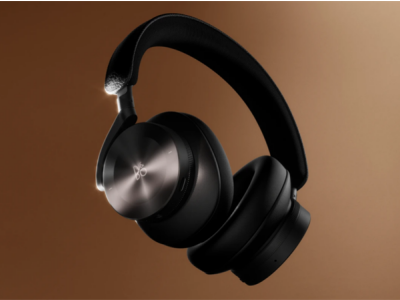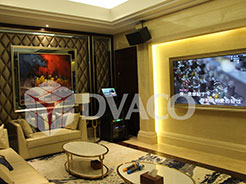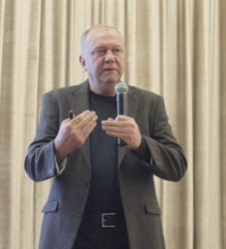
I remember years ago, when it was only the most adventurous of Enthusiasts who would delve into treating their listening room. The promise of better sound tempted many to head to the hardware store and buy some Owens Corning 703 then fashion their own panels (many still do). Of course, some used egg cartons and carpeting in those days as well. At the time, the most prevalent advice on adding treatment was called the LEDE system. LEDE is an acronym for “live-end dead-end”. Which translates into deadening the front of your room and leaving the back reflective. This was not a bad idea in the absence ofbetter information.
我记得很多年前,只有最具冒险精神的发烧友才会认真对待他们的视听室。得到更好声音的承诺让很多人前往建材店,购买一些Owens Corning 703玻璃纤维板,然后改装成自用的吸声板(很多人今天还这样做)。当然,那时候也有些人会使用鸡蛋的纸箱和地毯。当时,增加声学处理最普遍的建议叫做LEDE系统。LEDE是“live-end dead-end”的首字母缩写,意思是让你房间的前面变得安静,后面具有反射性。如果没有更好的选择,这不是一个坏主意。
Mirror Points镜像点
Sometime later, the benefits of absorbing the “mirror points” was discovered. This was a more complex concept as it required the use of a mirror and an assistant (or willing spouse) to move a mirror along the side walls until you could see each of the speakers. Each mirror point was then the target for placement of an absorptive panel. Most of the time the result was quite audible,producing a decided improvement in focus and detail. Diagram one shows the mirror (reflection) points as the sound travels like a billiard ball bouncing off the wall to your ear;these are called specular reflections.
While audible, absorbing sound atall the mirror points or even just the side wall mirror points is not completely beneficial and causes other problems.
后来,人们发现了声音反射吸收的“镜像点”的好处。这是一个更复杂的概念,因为它需要使用一面镜子,并有一名助手(或愿意的配偶)在旁协助。助手沿着侧墙移动镜子,直到你能看到每个音箱。每个镜像点都是放置吸声板的目标。大多数时候,效果是可以听得见的,声音的聚焦和细节都有了明显的改善。图1显示了声音传播时的镜像(反射)点,就像台球从墙上反弹到你的耳朵。这些叫做镜面反射。在听得见的情况下,所有的镜像点甚至只是侧墙镜像点的吸声并不是完全有益的,还会引起其它问题。
Today, we now know that simply absorbing all reflections is not the best choice. Some reflections should be absorbed yet others enhance envelopment and spaciousness. I like to call it reflection management.I’ll try to use our blog here to share some information about each treatments function but also on their best use in your room.
今天,我们知道简单地吸收所有的反射声并不是最好的选择。一些反射声应该要被吸收处理,而另一些则不应该被处理,因为能增强了包围感和空间感。我喜欢称它为反射声管理。我会试着用我们的博客来分享每一种处理措施功能的相关信息,以及它们在你房间里的最佳用途。
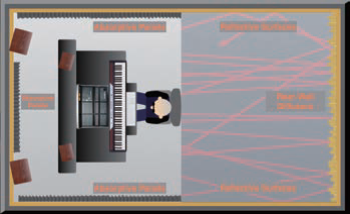
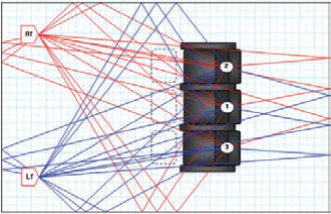
Treatment Types声学处理的种类
The various enthusiast forums are replete with a variety of treatment strategies using any number of different designs. It can be confusing and costly if the result is not satisfactory. The most basic strategies can usually provide benefits, but it’s good to know a little about the science. First let’s look at the various types of treatment.
各种各样的发烧友论坛都充满着大量使用不同设计的声学处理策略。如果结果不能让人满意,可能很多人会觉得困惑,而且花费高昂。虽然最基本的处理策略通常能带来好处,但了解一些科学知识也是好事。首先让我们看看声学处理的不同类型。
Absorption: Absorbing sound impacting the panel. It reduces or removes the energy of a reflection.
吸声:吸收冲击面板的声音。这会减少或消除反射声的能量。
Diffusion: Diffusive panels scatter sound. While they are not generally designed to reduce the energy in sound they effectively reduce the energy in a reflection by dividing it into many reflections to various directions.
扩散:扩散板分散声音。虽然它们通常不是为了减少声音中的能量而设计的,但它们通过将一个反射声拆分成许多不同方向的反射声,有效地减少了反射声中的能量。
Reflection: Yes, reflection is an important element in room design.Many reflections are beneficial and should be preserved.
反射:是的,反射式房间设计的一个重要元素。许多反射声是有益的,应该被保留。
Bass traps: This category includes everything from very thick panels to diaphragmatic absorbers. The commonality is that they are most effective absorbing low frequencies.
低音陷阱:这一类型包含从非常厚的吸声面板到薄板共振吸声体的所有东西。共同之处在于它们能最有效地吸收低频。
Hybrid Treatments: These types combine the functions of the above types. They can be very useful when some frequencies should be absorbed while others reflected or scattered.
混合处理:这些类型结合了上述类型的功能。当某些频率应该被吸收而另一些应该被反射或散射时,它们非常有用。
The most common treatment is absorption. The most common type is fiberglass, although there are other materials (acoustical foam, mineral fiber, polyester, cotton, and others).These types of panels are referred to as kinetic fibrous absorbers. This means they reduce sound energy by slowing down the speed of the vibrating air molecules. The air molecules must bounce against the fibers in the panel thus converting their kinetic energy into heat due to the collision. The panels heat up (ever so slightly) as they absorb sound energy.
最常见的声学处理是吸声。其中最常用到的材料是玻璃纤维,当然还有声学泡沫、矿物纤维、聚酯、棉花等。这类材料的面板被称为动能纤维吸声体。它们通过减慢振动空气分子的速度来减少声音能量。空气分子必须与面板中的纤维发生碰撞,从而将其动能转化为碰撞产生的热量。这些面板在吸收声音能量的同时,温度会升高(非常轻微)。
(未完待续)



